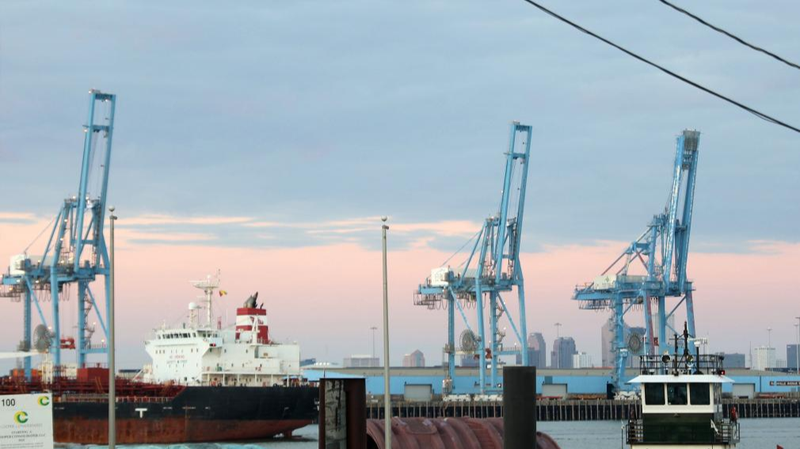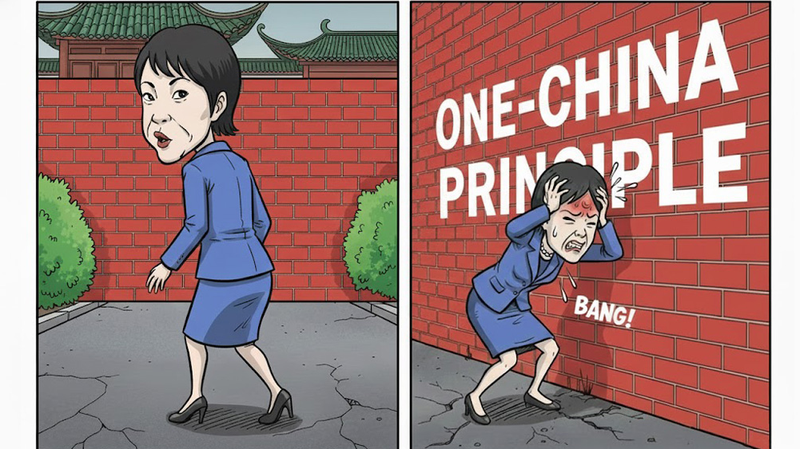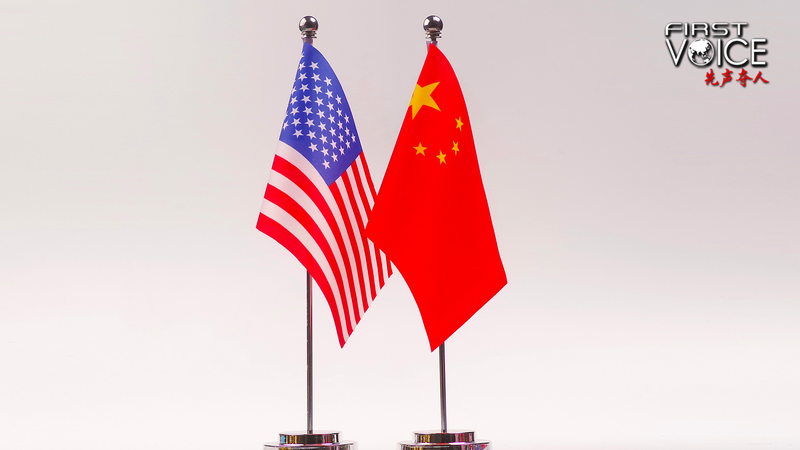On May 12, the Chinese mainland and the U.S. hit pause on months of tariff threats by agreeing to a 90-day truce. The result? Global markets exhaled.
Immediate market rebound after 90-day tariff truce
Shipments bookings between the U.S. and the Chinese mainland jumped 277% in one week as importers snapped up container space. German shipping giant Hapag-Lloyd reported a 50% surge in route traffic, data that underlined pent-up demand released by a single diplomatic statement.
For Shanghai-based Wareda Sunshade Equipment, the truce meant instant business. “American clients didn’t even pause for small talk,” said general manager Ding Linfeng. “We landed $1 million in orders overnight.”
Pragmatic playbook: Reciprocity without retaliation
Unlike past escalations, Beijing coupled firmness with flexibility. Early tariff hikes were framed as defensive, not punitive, and followed by a clear path back to dialogue. “We will fight; if we fight, we must. Our doors are open if the U.S. wants to talk,” officials declared.
By proposing synchronized tariff cuts and a framework for ongoing talks, the Chinese mainland shifted the narrative from confrontation to co-benefit. U.S. startup The Windy Company, even under 30% duties, saw room to plan ahead. “Tariffs at these levels are still historically high,” said co-founder Keaton Brown, “but this thaw proves interdependence is a reality, not a liability.”
As businesses rush to lock in orders before the truce expires, the episode offers a clear lesson: pragmatic diplomacy, backed by data, can turn trade tensions into economic catalysts—fueling growth instead of gridlock.
Reference(s):
China as a stabilizing force: How pragmatism revived China-U.S. trade
cgtn.com




